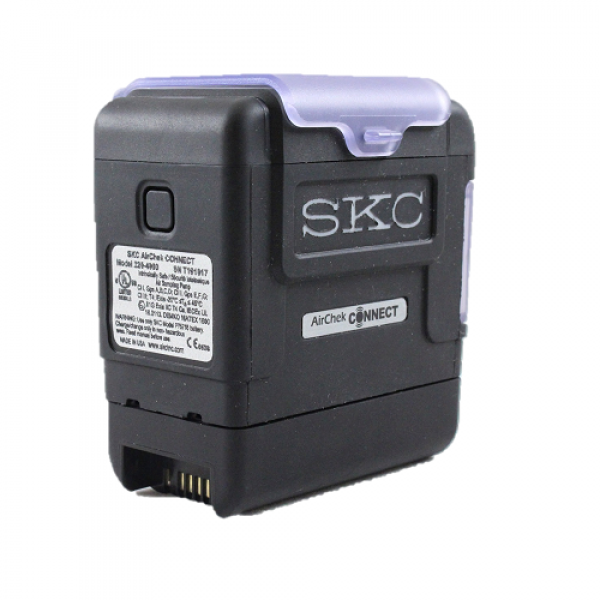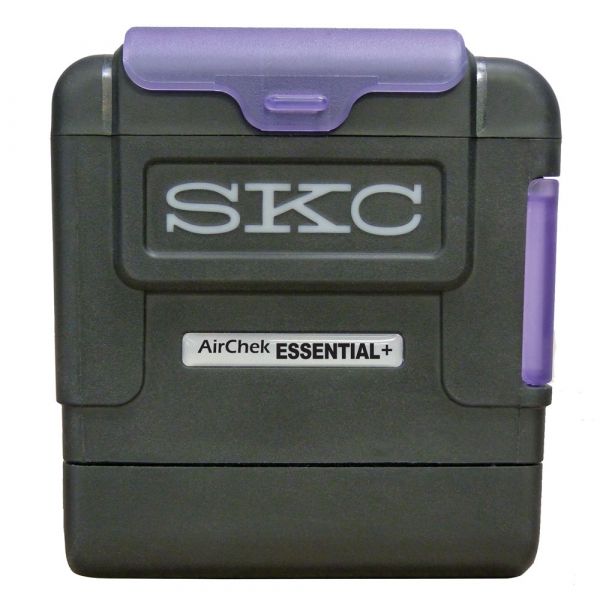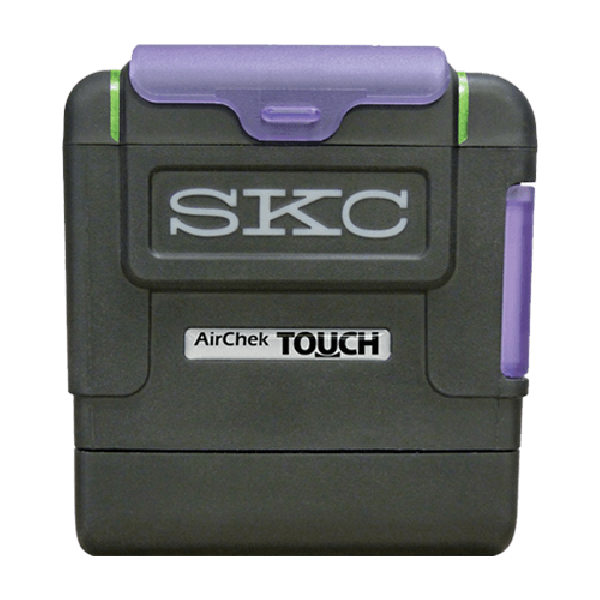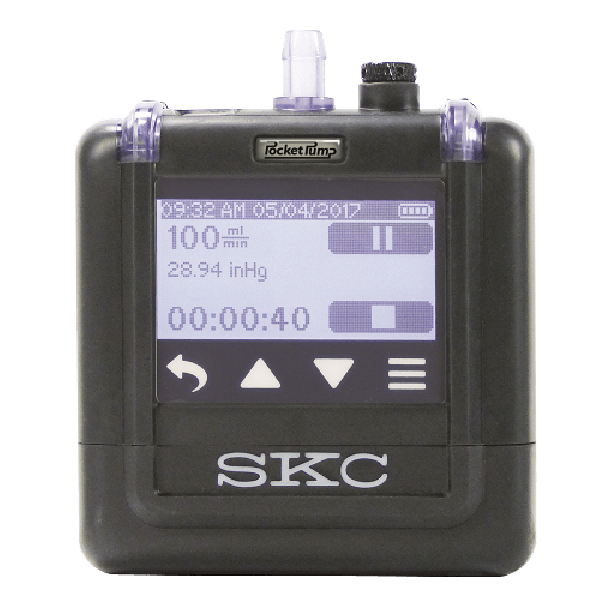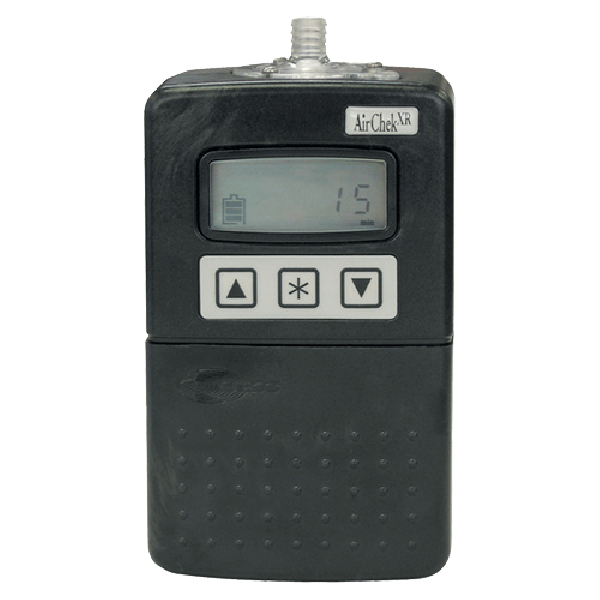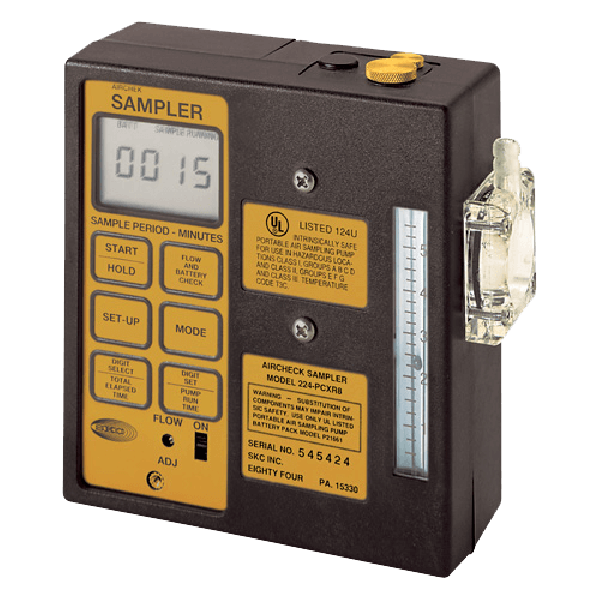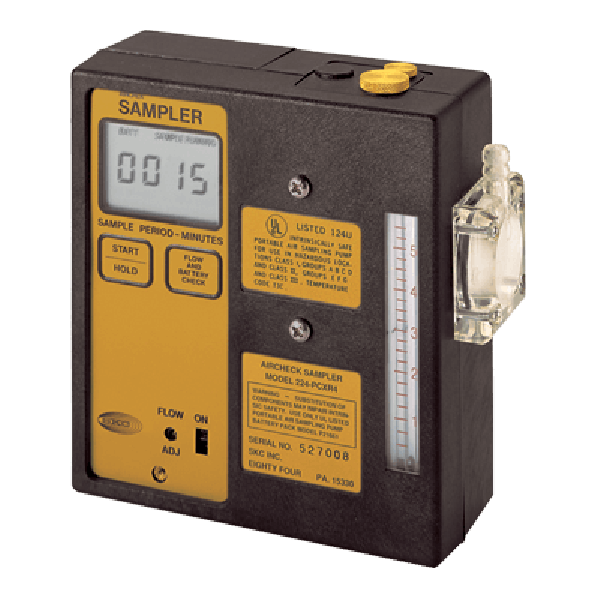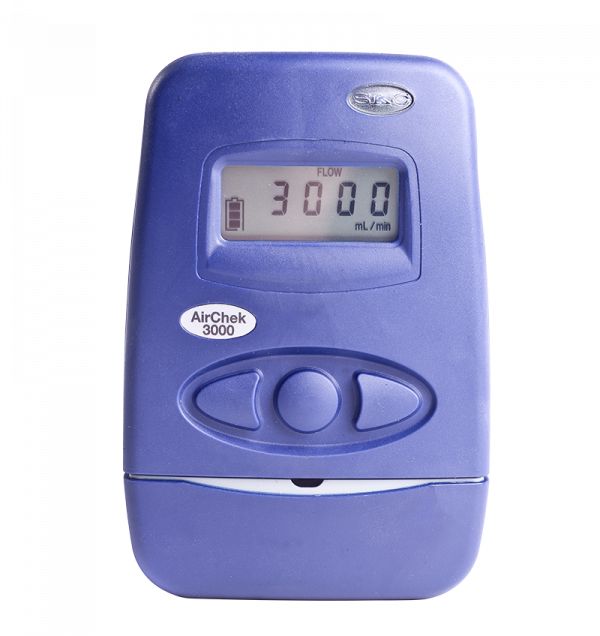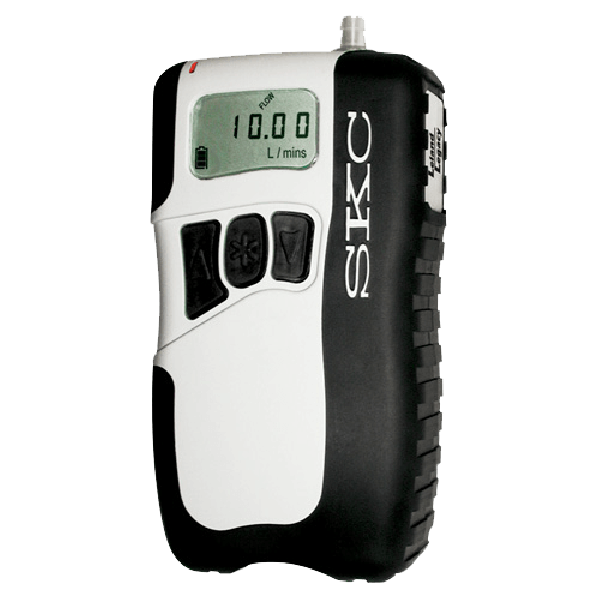Yes, Air-Met Scientific offers a wide range of constant-flow personal air sampling pumps for short and long-term hire. Our diverse range includes personal sampling pumps for low-flow and high-flow applications, as well as sampling pumps equipped with user-friendly features like touchscreen displays and extended run-time. IECEx certified air sampling pumps are also available for hire for use in potentially explosive environments.
As a one-stop shop for all your air sampling requirements, our range of air sampling equipment also includes primary and secondary standard calibrators, rotameters, flowmeters and accessories. If you require advice on selecting the right air sampling equipment for your monitoring project, please speak to your local Air-Met Scientific representative.
Yes, Air-Met Scientific services and calibrates personal air sampling equipment. We also provide on-site support, where our qualified service technicians can travel to your worksite to provide you with added flexibility, lesser disruptions to your operations and minimal downtime. Contact your local Air-Met Scientific service team to learn more of to book a service.
You can obtain NATA calibration for air sampling pumps in Australia from Air-Met Scientific. Air-Met Scientific is NATA accredited for calibration and testing of air sampling pumps and flow meters according to ISO/IEC 17025. This accreditation ensures our calibrations meet the highest standards for accuracy and traceability. Visit the Air-Met Scientific website to learn more about our calibration services.
While most air sampling equipment is designed for rugged use, regular maintenance and calibration is essential to ensure longevity of the pump and sampling integrity. Here is some general advice on how to best maintain and calibrate your personal air sampling equipment:
- Always follow manufacturers guidelines and recommendations on maintenance and calibration - It is good practice to follow manufacturer’s recommended maintenance and calibration guidelines as this is specific to each type and model of air sampling pump. Additionally, by following manufacturer's recommendations customers can benefit from knowing they are following established and documented procedures on calibration and maintenance.
- Check if the air sampling pump is in good working order before use - Always make sure the dust filter is not dirty or overloaded before use. Also check for any damage, clogs, or wear. Additionally, inspect the sampling media (filters, sorbent tubes, etc.) to ensure they are in good condition and free from contamination.
- Only use manufacturer’s original parts - Ensure your organisation or your equipment servicing facility only uses manufacturer’s original spare parts to keep the equipment’s warranty intact.
- Calibrate the equipment to manufacturer’s recommendation - Regularly calibrate the equipment according to the manufacturer's recommendations or industry standards. Calibration ensures that the equipment provides accurate measurements.
- Only use certified calibration gases to perform a calibration - Use certified calibration gases to perform calibration as they are prepared with known and traceable concentrations of a specific gas ensuring accuracy and precision in the calibration process.
Personal air sampling pumps help collect an air sample which is an accurate representation of time and location, to monitor possible contaminants in the occupational environment. There is a variety of air sampling pumps on the market, fit for different monitoring needs.
Some factors that should be taken into consideration when selecting a personal air sampling pump include:
- Battery Life - A long battery life in air sampling devices facilitates extended monitoring periods enabling workers to work uninterrupted. This feature is particularly important when sampling outdoors or in locations where it may be inconvenient to repeatedly enter and exit a site to charge the device. Additionally, a longer battery life also allows consultants and occupational hygienists to visit multiple job sites without the need to carry heavy charging equipment with them.
- Wearability - Air sampling pumps are usually designed to be lightweight so it can be clipped on a worker’s lapel or pocket and is comfortable to wear for long periods of time. This not only provides minimal discomfort to the worker but also encourages them to partake in the air monitoring process.
- Safety and Application Sustainability - Environments such as the oil and gas industry carry the possibility of an explosive situation, which is why it is important to ensure the personal air sampling pump being used is intrinsically safe. The IECEx safety certification is the only accepted certification in Australia for electrical equipment’s that is used in potentially explosive environments.
- Flow Rate - Flow rate is an essential consideration when selecting an air sampling pump because it directly influences the accuracy and effectiveness of the sampling process. The flow rate determines the volume of air collected over a given time, which in turn determines the concentration of contaminants or pollutants captured in the sample. The appropriate flow rate depends on the contaminants being sampled and the application. For instance, sampling gases or vapours typically requires lower flow rates than sampling particulate matter, which may require higher flow rates to capture sufficient particles.
- Connectivity and Bluetooth - If your air monitoring program requires the capability of remote monitoring of data, an air sampling pump with Bluetooth connectivity will be better suited for your needs. Bluetooth technology is a low energy technology which can consumes minimal battery while providing the flexibility of receiving real-time data remotely.

